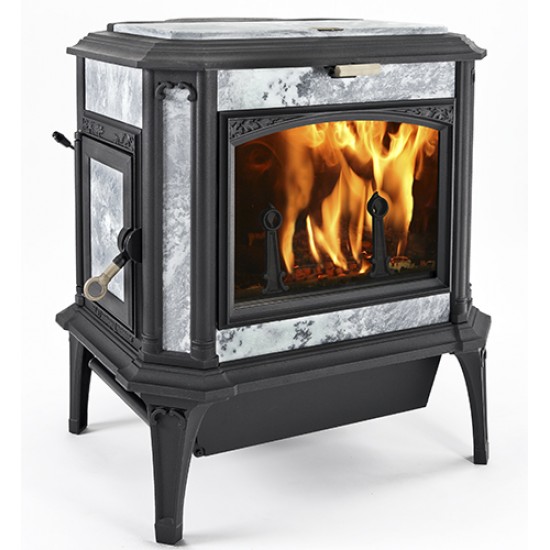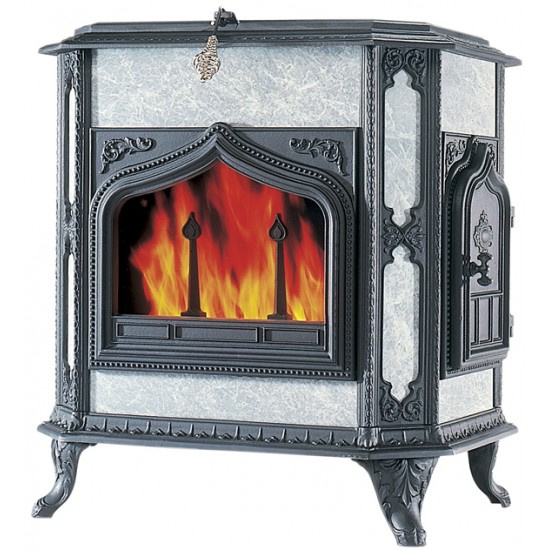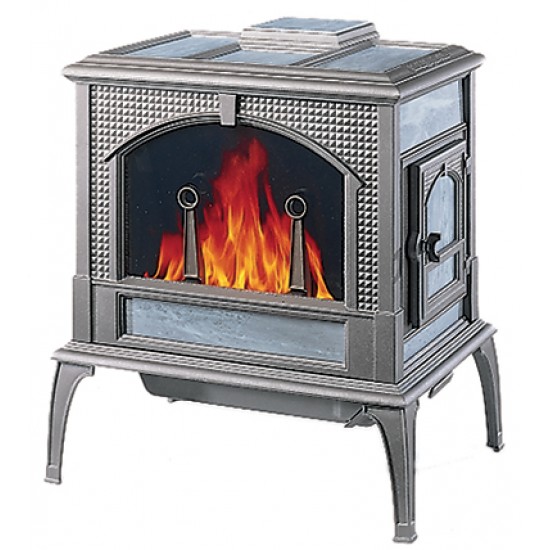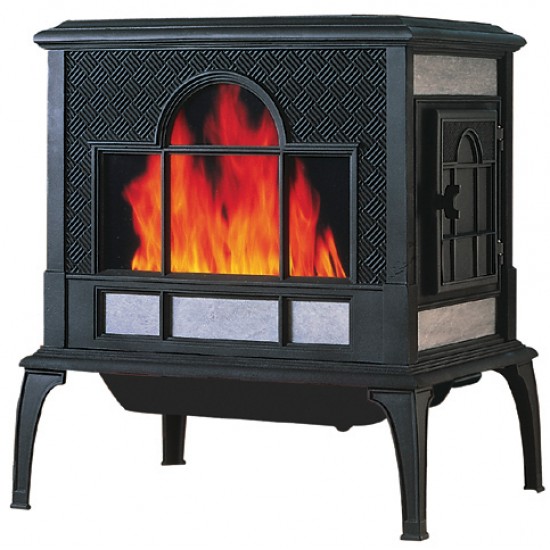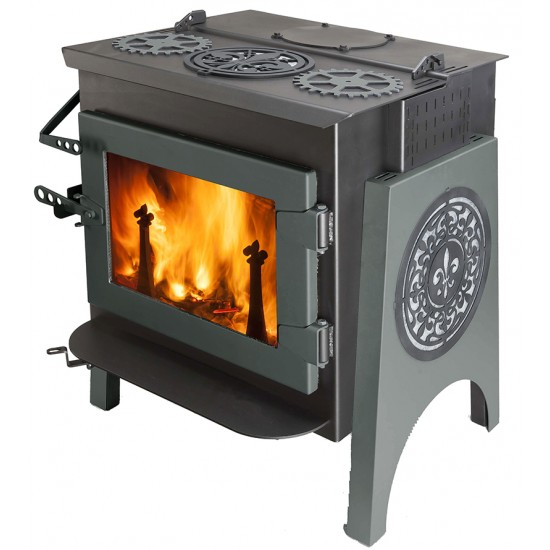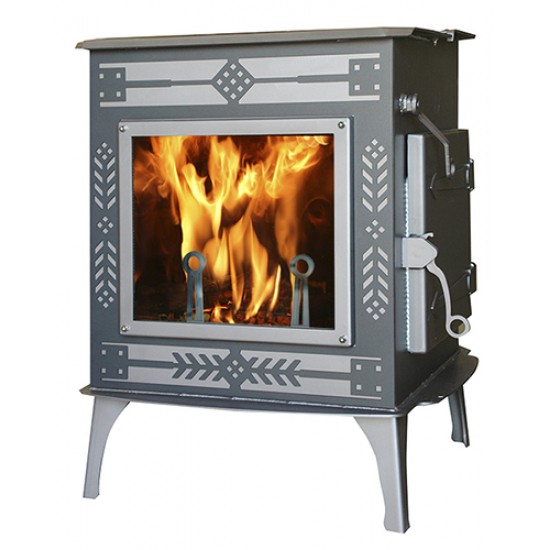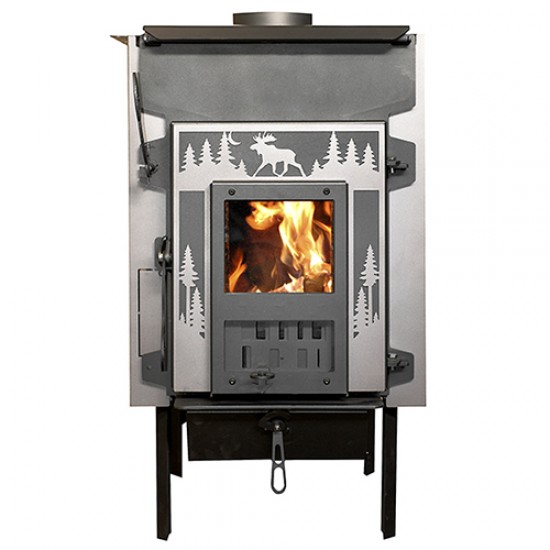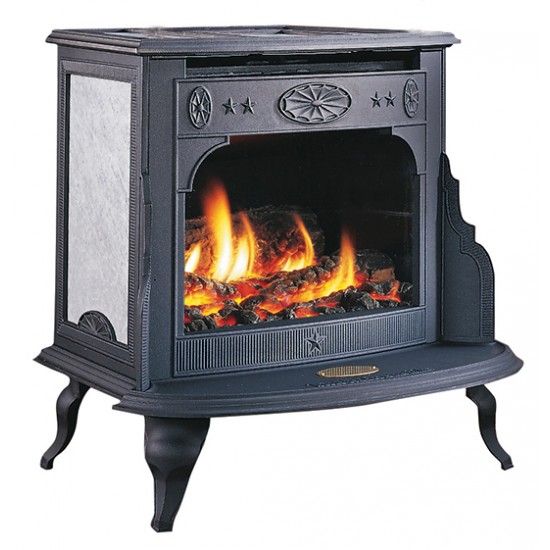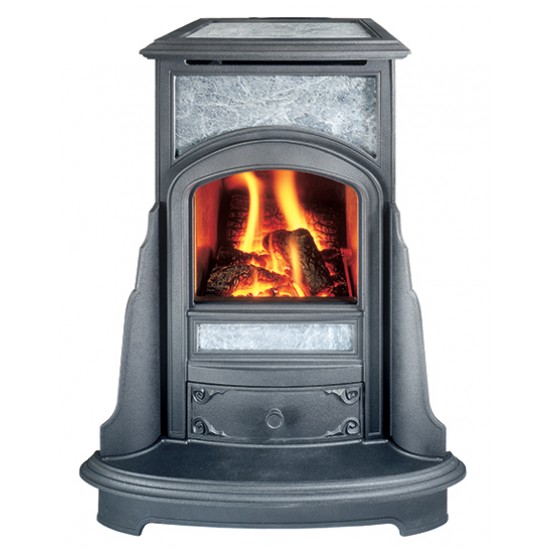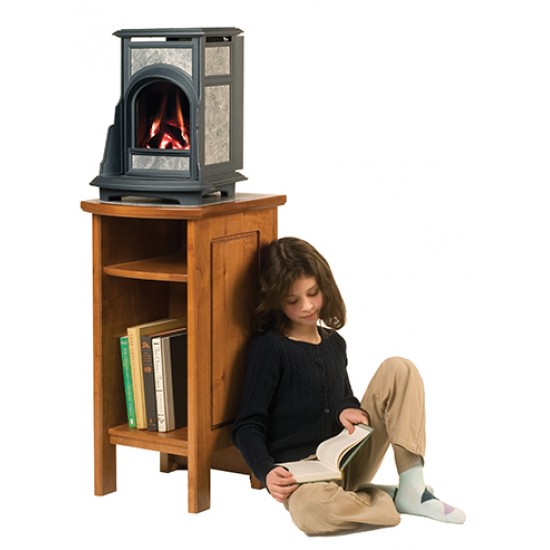23 Jan


Have you cleaned your combustor lately? Or checked the
protective inconel screens at the ceiling of the firebox?
This winter has been particularly eventful with drastic changes in the
weather. Making sure that your combustor and its protective screen are
clear
of ash build up will help ensure that
your stove will provide warmth and comfort regardless of the weather. A
simple vacuuming or brushing off of the combustor and screen is often
sufficient to keep the stove functioning well.
If you have a newer stainless foil combustor, you can do a
thorough cleaning with a 50/50 solution of white vinegar and distilled
water.
Put the solution in a spray bottle and give both sides a good spritzing
and let
drain over paper towels, and/or foil pan. The vinegar solution is also
great for removing any hard deposits on the inconel screens. Rinse with
distilled water (ordinary
tap water may contain minerals and chemicals that may have adverse
effects on
your combustor). After rinsing, let dry and put back in your stove.
Click below to see a slideshow on cleaning your
combustor:
Progress Hybrid Combustor Cleaning, Fireview Combustor Cleaning, Keystone/Palladian Combustor Cleaning.
Your catalytic combustor (stainless or ceramic honeycomb
materials) will work for 12,000 to 14,000 burn hours. That typically translates
into a 3-6 year time span, depending on how long your winters are, wood
quality, and stove operation.
One of the most common questions we hear from our stove owners is: How will I know when your combustor is worn out? There are three symptoms
that will indicate that the catalyst in your stove may not be working:
First, your stove will generate
noticeably less heat than it will when the catalyst is working.
Second, you will notice an
increase in the amount of soot and/or creosote in you stovepipe or chimney.
Third, the color of the smoke
produced when the combustor is engaged will change. Smoke will appear brownish,
instead of clear heat waves or white vapor. If you suspect your combustor is
not working, let the stove cool down, remove and clean the combustor and screen
and try again.
Please feel free to
call us toll free at, 1-800-866-4344, if you have any question about your catalytic combustor.
 |
| A clogged chimney cap will restrict air flow |
And remember- it’s never a bad time to be thinking about
getting next year’s wood supply ordered, cut, split and seasoning!

